No garden is complete without flowers. With over 400,000 species of flowers in the world, even the most experienced horticulturists and florists aren’t able to remember the names and appearance of every single flower species.
Sometimes, it’s far easier to categorize flowers into a group of similar traits, such as by color or name.
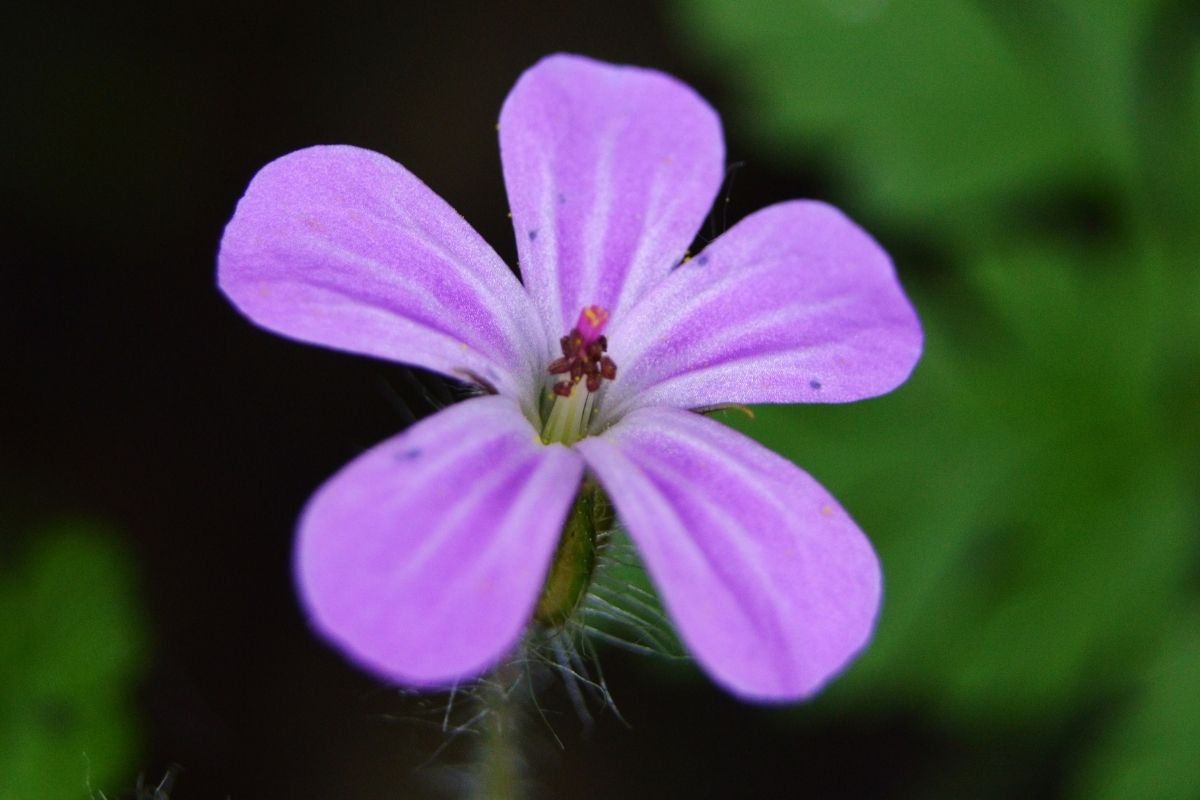
Trying to figure out the name of that specific mauve-colored flower in your garden can be a pain if you haven’t written it down.
Alternatively, if you’re new to gardening and want to brighten your flower beds with some mauve tones, you might not know where to start.
Whether you want to expand your knowledge of flowers or if you want to find a new species to grow in your garden, here is our list of mauve flowers!
1. Purpletop Vervain (Verbena Bonariensis)
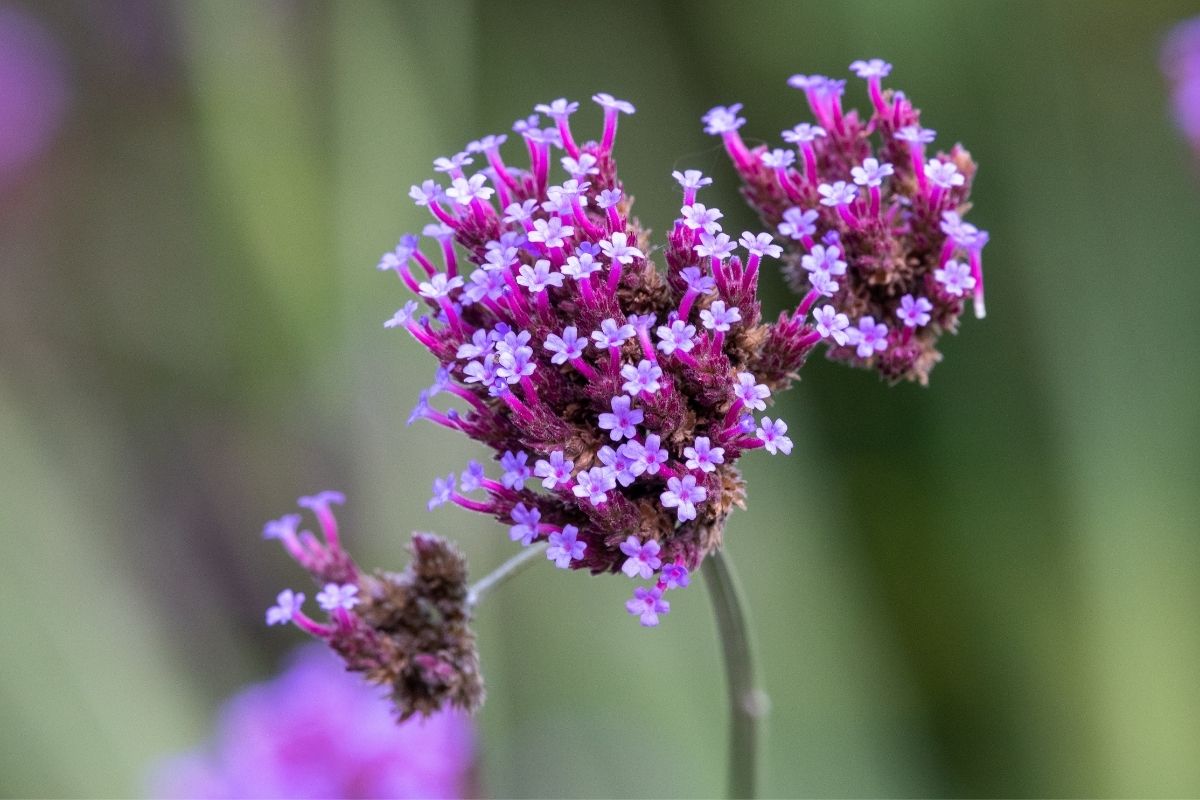
The purpletop vervain, also known as the Argentinian vervain or pretty verbena, is a species of verbena native to South America.
These perennials are tall, growing to heights of up to 6 feet tall and 3 feet wide, with slender stems to create a delicate patch of flowers. They bloom in clusters of tiny mauve flowers, some with a hint of rose.
As they bloom from the middle of summer to the first frost in fall, purpletop vervain is ideal for keeping a garden bright and colorful when blooms start to die out.
These flowers are easy to grow and work to attract pollinators to a garden.
2. Periwinkle (Vinca Minor)
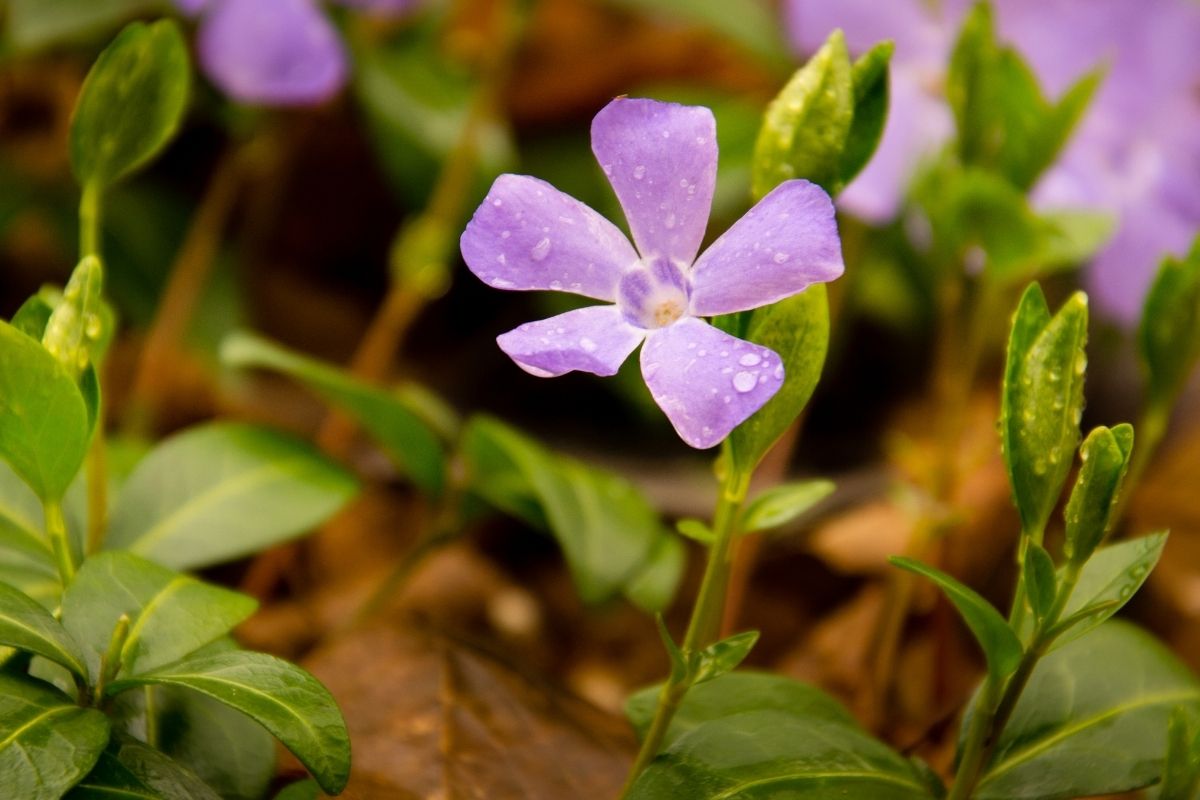
Also known as myrtle or vinca, periwinkles are charming and humble flowers that are most commonly grown as a groundcover or at the edges of borders.
Vinca minor is the smaller of the two periwinkle types, featuring 12 species and other cultivars. While most periwinkles come in the classic periwinkle blue coloration, some species have purple and mauve flowers.
Periwinkle flowers are also popularly grown in rockeries, but if their growth isn’t controlled, they have a habit of growing intensely. Still, they are easy to grow!
3. Hosta
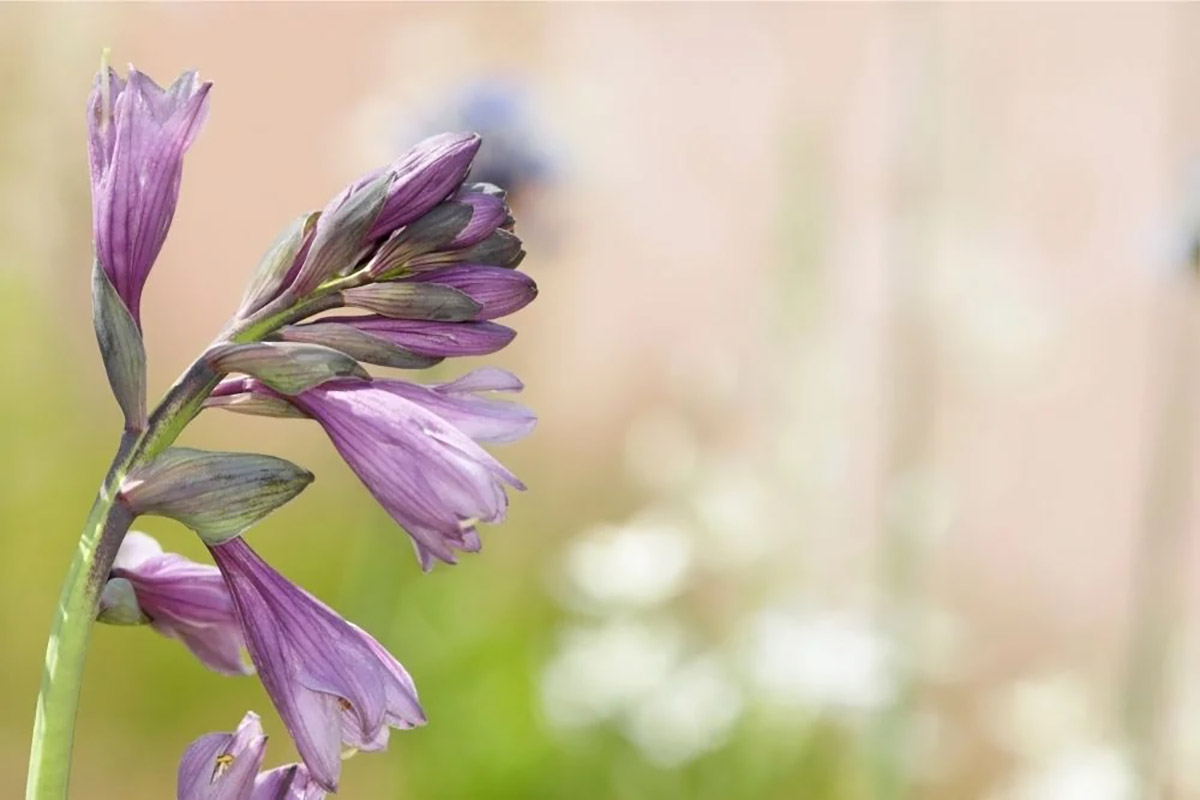
Hosta is a genus of plants most commonly grown as shade-loving foliage plants, but they are known to bloom mauve flowers in the late summer if they are in optimal conditions.
These herbaceous perennials consist of large leaves (some with patterns and variegation) and flowers that bloom on upright scapes.
As the flowers are known to bloom in August, hostas are also known as the ‘August lily’.
Hostas are generally easy to maintain, but gardeners must take care to prevent slug devastation, as the slugs will try to eat the leaves and flowers.
RELATED: The Hosta With the Mosta: 9 Different Types Of Hostas
4. Blue Bugle (Ajuga Reptans)
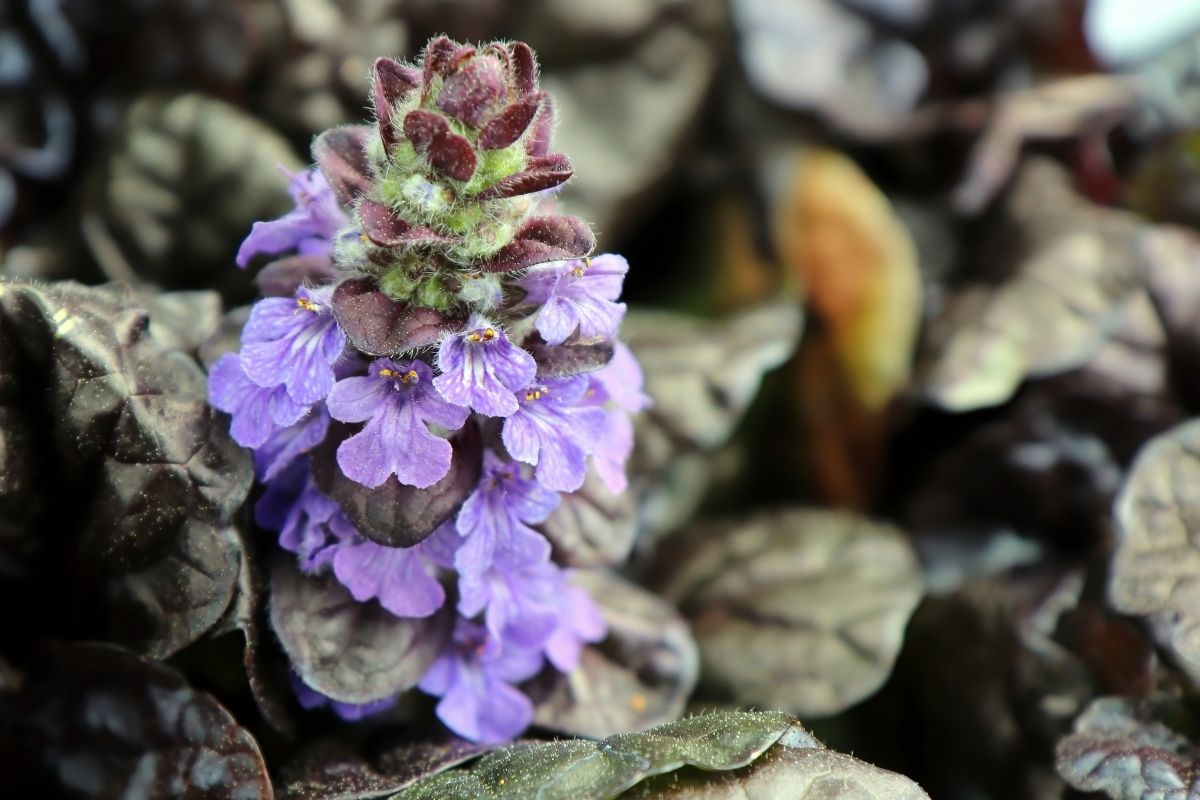
Also known as bugleweed or common bugle, the blue bugle is a European-native flowering plant in the mint family.
These herbaceous species are typically grown as groundcover thanks to their spreading nature, which is also why it is considered an invasive species in North America.
It will bloom tall stalks of mauve flowers in spring alongside the dark green leaves.
Blue bugle flowers are a key source of nectar for various pollinators, and they are fairly easy to grow and maintain. They just like to be watered frequently in summer as their soil dries out faster in the heat.
5. Allium
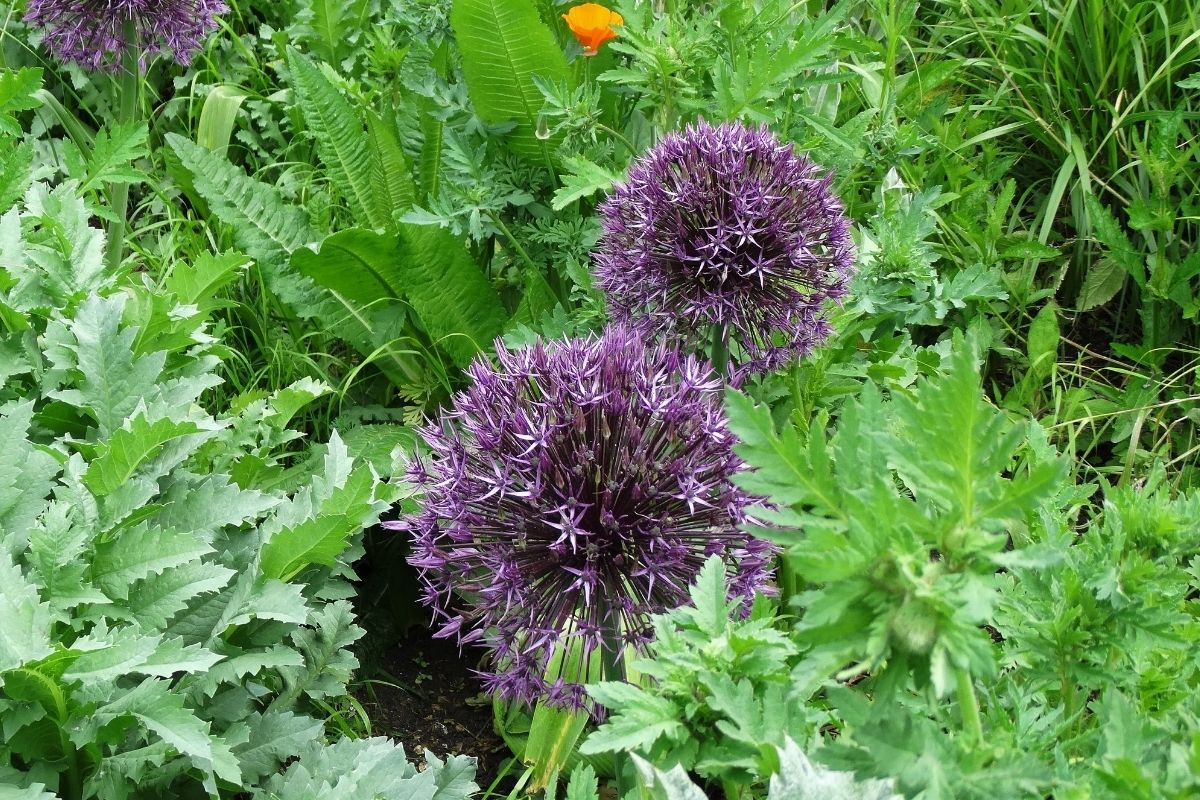
Allium is a genus of flowering plants that include lots of species cultivated for consumption, including onions, chives, garlic, leeks, and more.
However, they’ve also grown as ornamental flowers thanks to their fantastic globe-shaped blooms consisting of small purple-pink flowers.
The uniquely-shaped mauve flowers are excellent for providing some dimension to a flower bed. They work particularly well in borders amongst yellow flowers.
6. Bowles’ Mauve Wallflower (Erysimum)
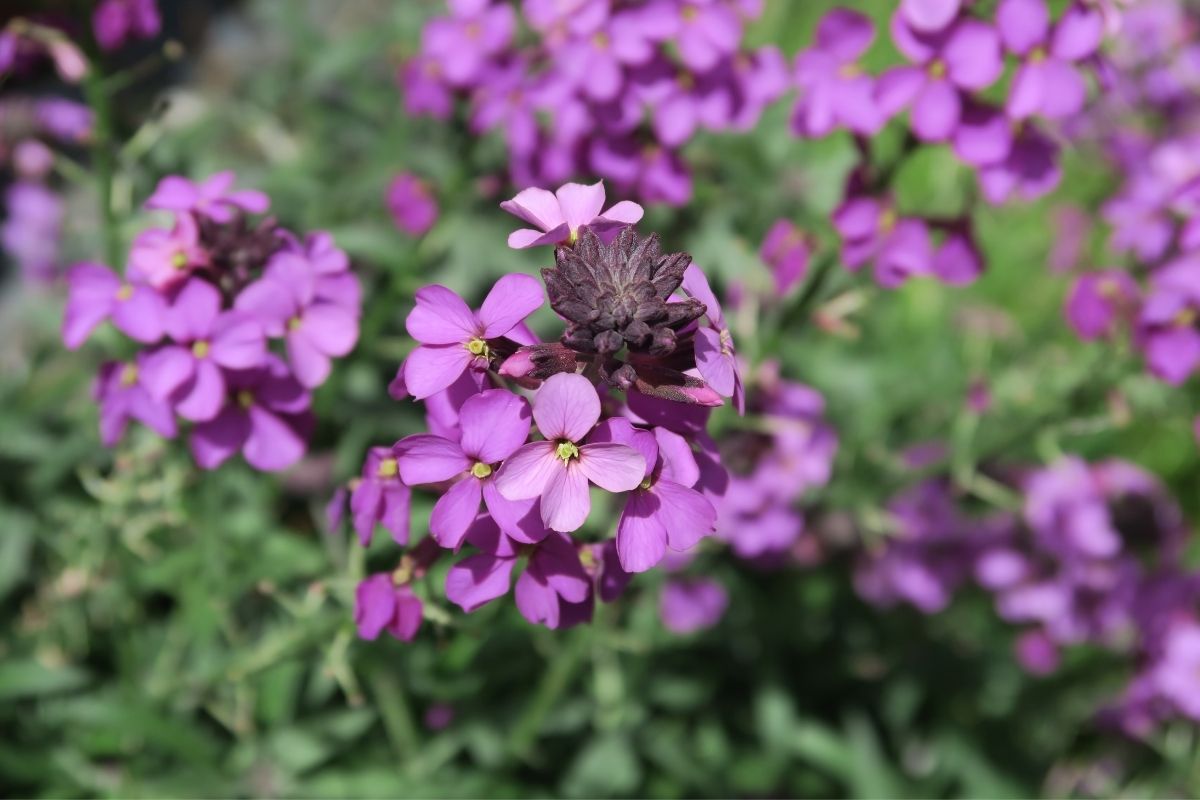
Wallflowers are a lovely genus of flowers that are known for their low-maintenance lifestyle and ability to repel most diseases.
The Bowles’ mauve variety is, as the name suggests, the best wallflower for those wanting a mauve flower.
They are dainty, fluttery flowers that make any garden look cottagecore – especially when they grow into and up walls.
Bowles’ mauve wallflowers will bloom from spring through fall, and even into winter in the southern regions. They prefer to grow in full or partial sun in moist, well-drained soil.
7. Hellebore
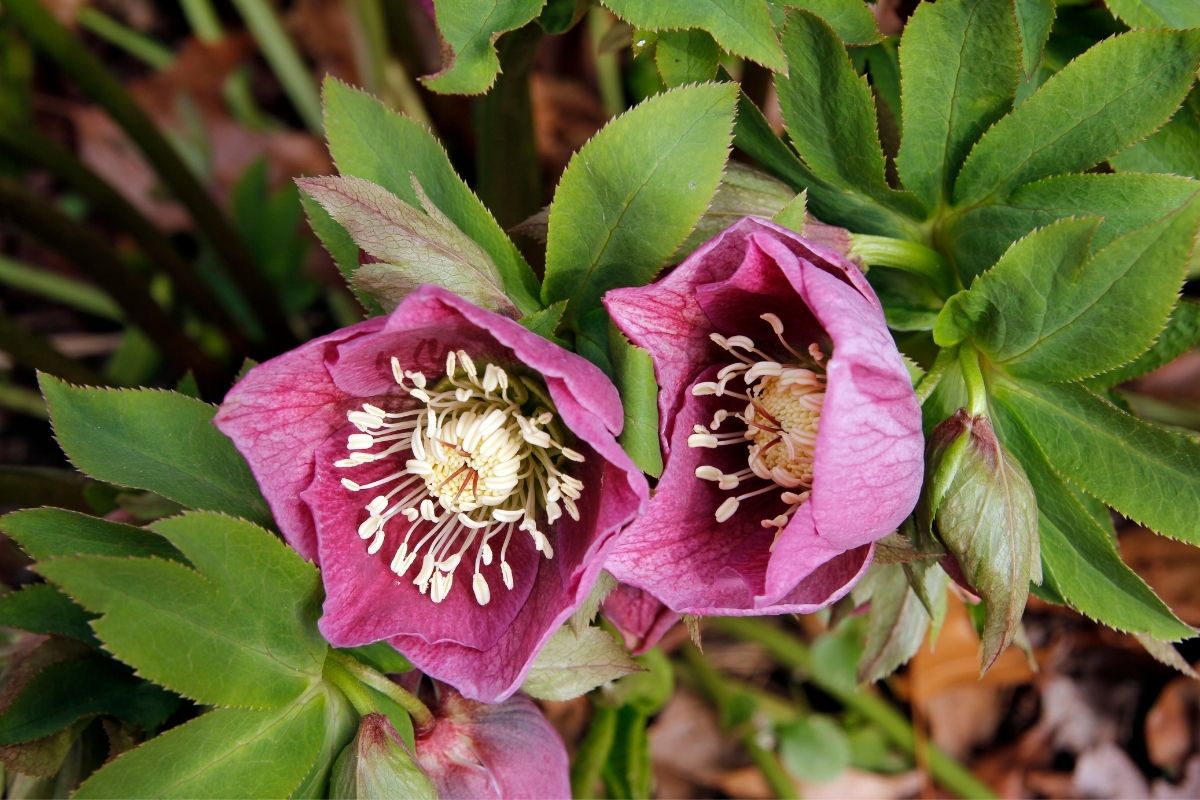
Hellebore is a genus of approximately 20 Eurasian flowering plants that are often referred to as the winter or Christmas rose, despite not actually being related to the rose family.
Hellebores can bloom flowers in most colors, including white, yellow, and red, but they also have a purple-mauve variety that is slightly darker than the other mauve flowers on our list.
While it’s quite easy to grow hellebores, it’s worth noting that all hellebore species are poisonous. Gardeners must take care to wash their hands after handling hellebore as a result of their sticky toxic sap.
8. Purple Clematis (Clematis Viticella)
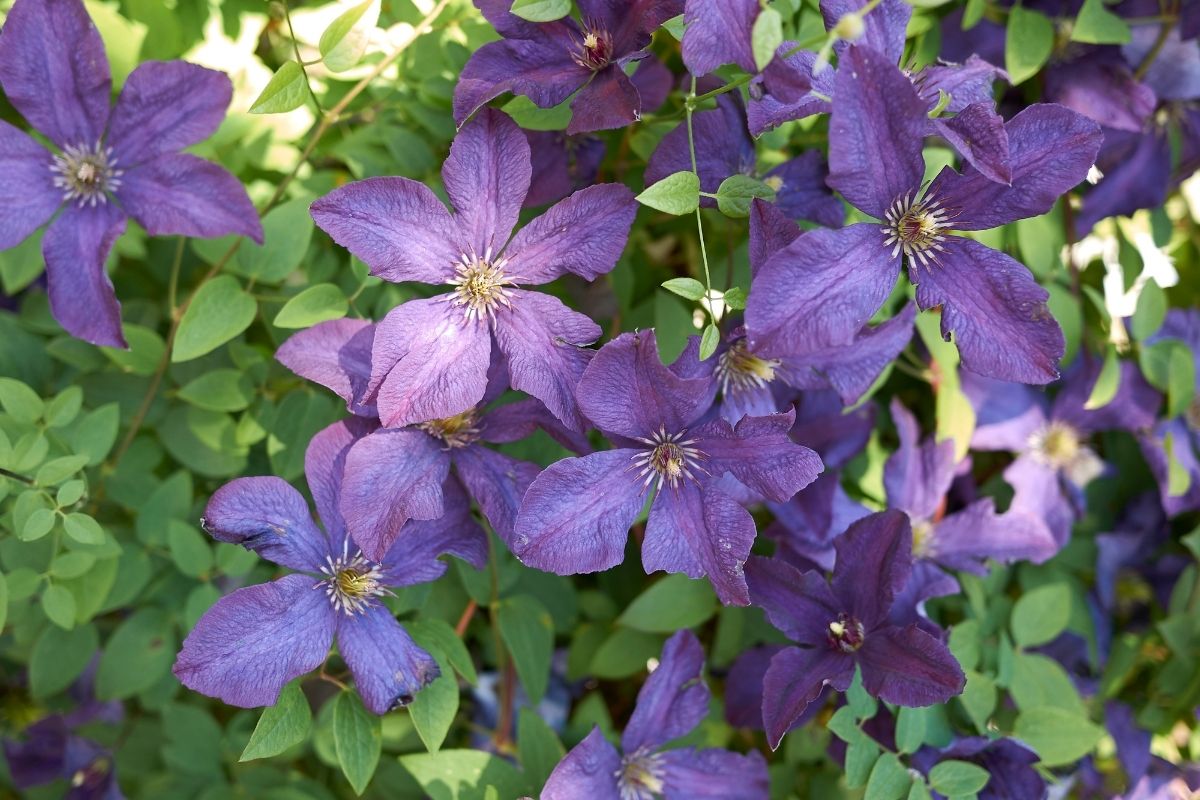
The purple clematis, also known as the Italian leather flower or Virgin’s bower, is a flowering species in the buttercup family.
These European-native flowers, as the name suggests, come in varying shades of purple, with some appearing more mauve-toned than others. They typically bear a yellow center and light green leaves.
As deciduous climbers, purple clematis flowers work best when growing up a wall, fence, or pergola to create a wall of mauve.
RELATED: Top 10 Weeds With Purple Flowers (And How To Get Rid Of Them?)
9. Lavatera

Lavatera is a synonym for the Malva genus, a genus of flowering plants spread across the temperate and tropical regions of Europe, Asia, and Africa.
There are over 40 species of lavatera, each with its own coloration and structure.
These flowers most commonly appear pink, white, purple, or mauve.
Lavatera flowers are known to grow large and wide, which is why gardeners cut them back every year. When grown in the right conditions, they can happily reach heights of 10 feet.
10. Globe Artichoke (Cynara Cardunculus ‘Scolymus Group’)
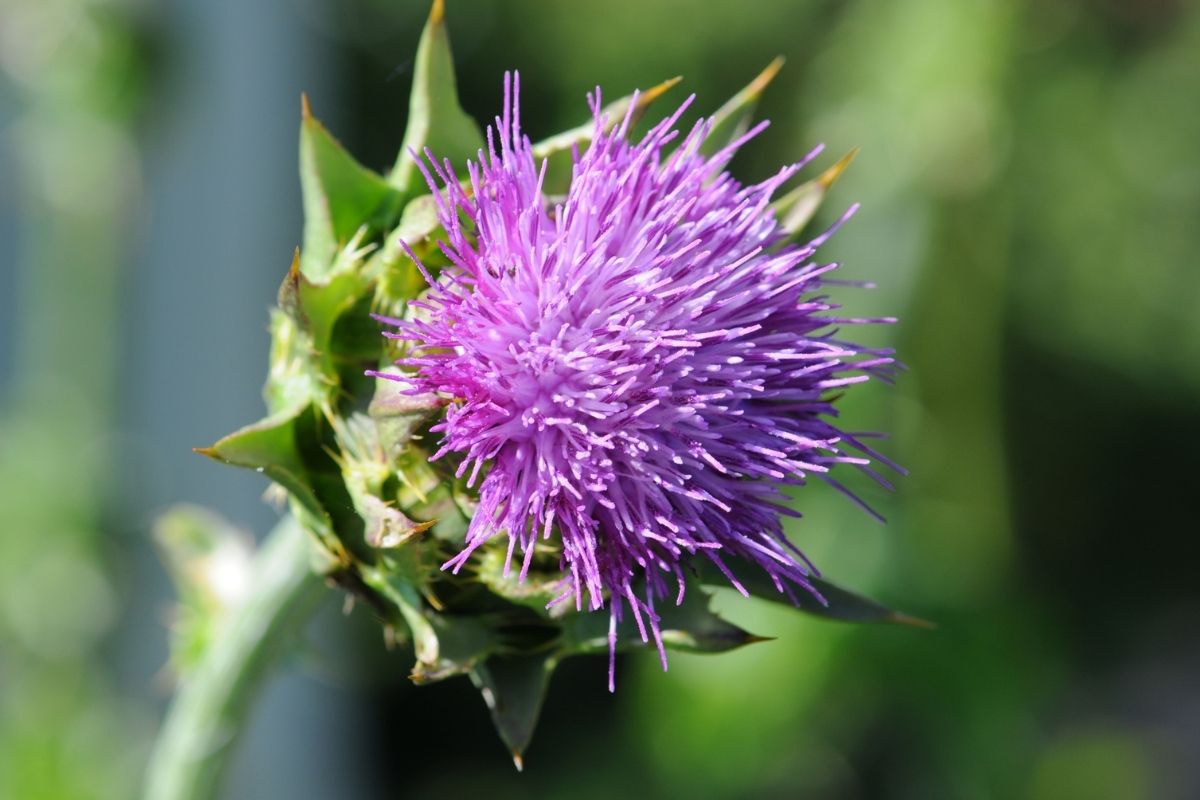
If you don’t harvest them, globe artichokes can be grown as a wonderful ornamental plant for their thistle-like, rounded flower heads.
While they are edible as immature flowers (known as artichokes), they eventually age into globe artichokes, wherein globe-shaped mauve thistle buds bloom at the top of the stems.
Globe artichokes are a great way to add some unique dimension to a garden. Plus, the large purple flowers help to attract pollinators, especially bees!
11. Lungwort (Pulmonaria)

Lungwort is a genus of up to 18 flowering plant species native to Europe and western Asia. The unique name “lungwort” is due to the leaves of the flowers, which are said to resemble lungs.
At the top of each stem is an inflorescence of purple, blue, pink, or mauve flowers that work to attract pollinators.
Sometimes, a lungwort plant will produce flowers of varying shades to add a bit of dimension to the plant, such as pink and purple. They are most popularly grown as groundcover ornamental plants.
12. Buddleia

Buddleia is a genus of approximately 140 flowering species known for their ability to attract pollinators, most notably bees and butterflies.
These shrubs can grow up to 5 meters tall and bloom tubular clusters of tiny purple, pink, red, white, and mauve flowers.
They are ideal for filling out a large part of a garden, particularly thanks to their honey-like aroma.
Buddleia shrubs grow best in lime-rich, chalky soils and full sun.
They are quite hardy shrubs, so as long as they are planted in full sun and well-drained soil, they will grow and bloom happily.
13. Salvia
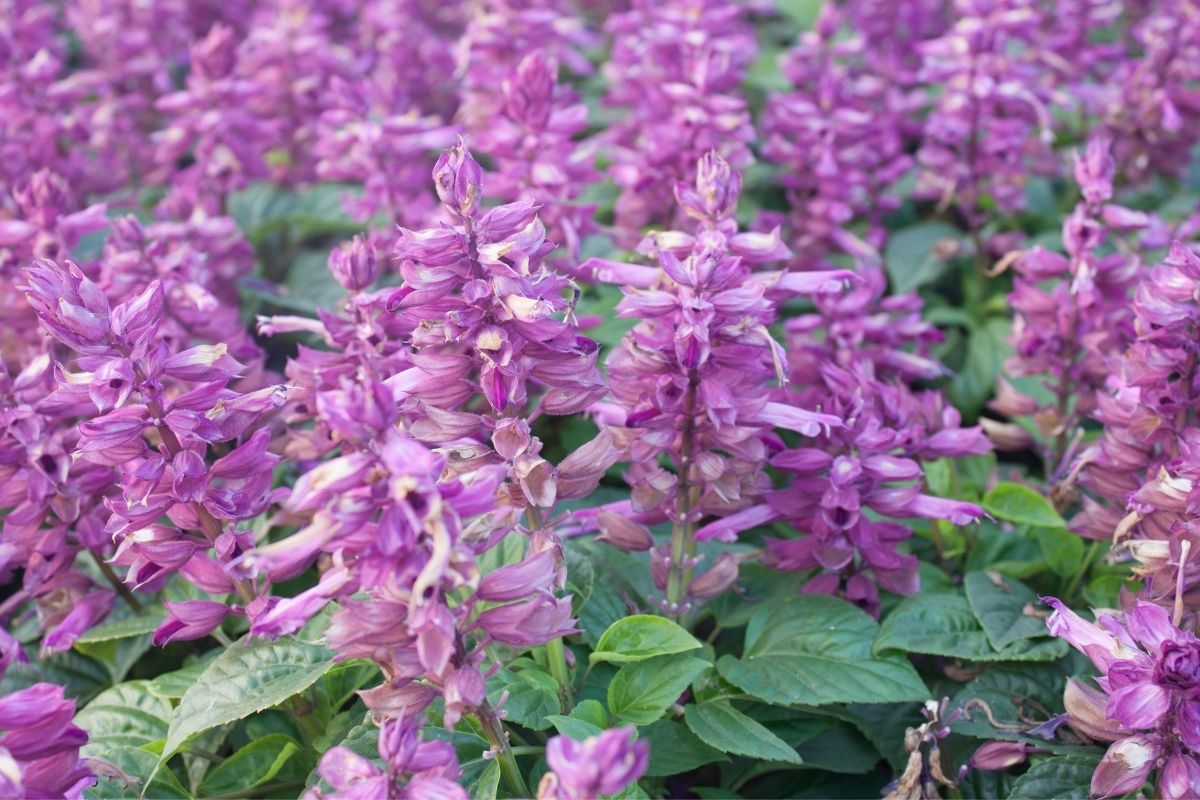
Salvia is a genus of almost 1,000 species of flowering plants, making it the largest genus in the sage family.
Perennial salvias typically consist of tall spikes with clusters that grow upwards, with the flowers typically being shades of purple, blue, or pink.
The mauve coloring is particularly good for enhancing other brightly-colored flowers in a border.
Not only do they attract pollinators, but salvias are very easy to grow and maintain.
They’re not overly fussy about the type of soil, and they can be resilient to drought. If anything, they thrive off neglect!
14. Cranesbill
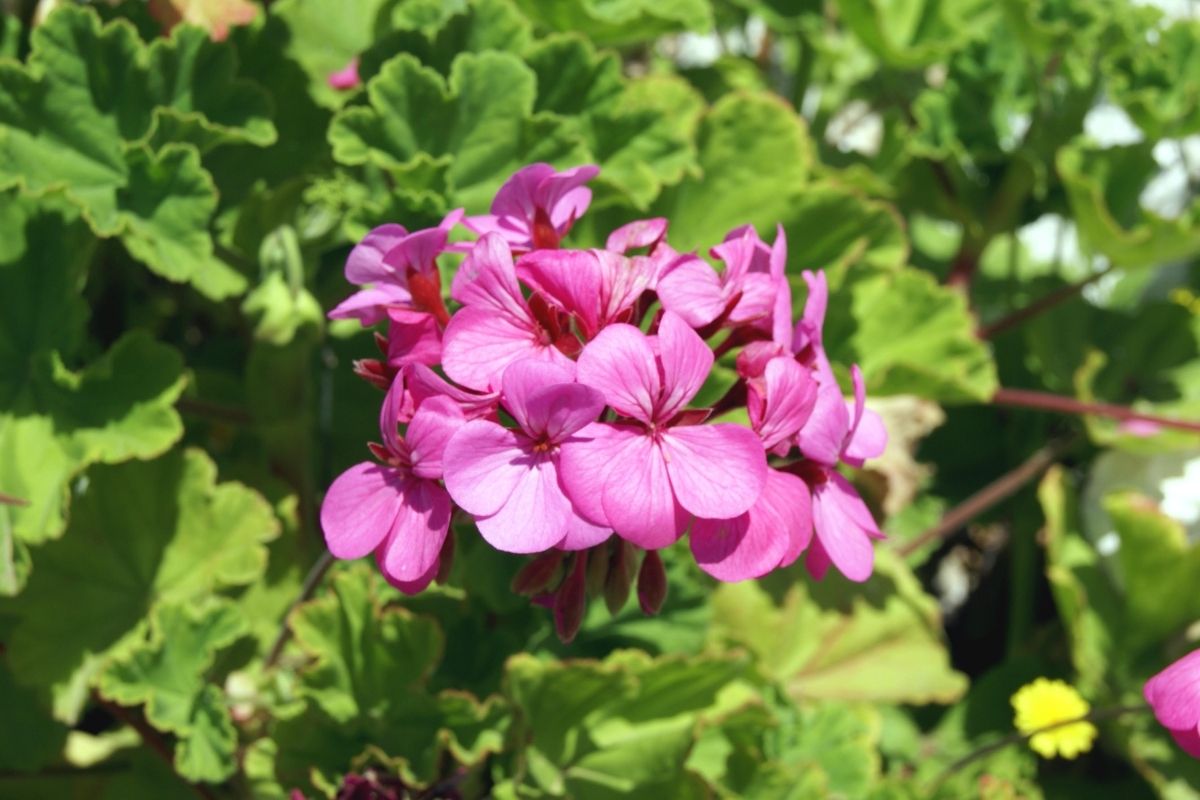
Also known as hardy geraniums, cranesbill is one of the most popular flowering species found in borders and cottage gardens.
These flowers consist of saucer-shaped blooms of around 5 rounded petals in varying shades of purple, pink, and blue. Almost every geranium features darker stripes from the center of each petal.
Thanks to the vivid coloration, cranesbill flowers are ideal for attracting pollinators to a garden.
They typically prefer light shade and humus-rich moist soil, though they won’t require much watering once fully established.
15. Garden Phlox (Phlox Paniculata ‘Purple Flame’)
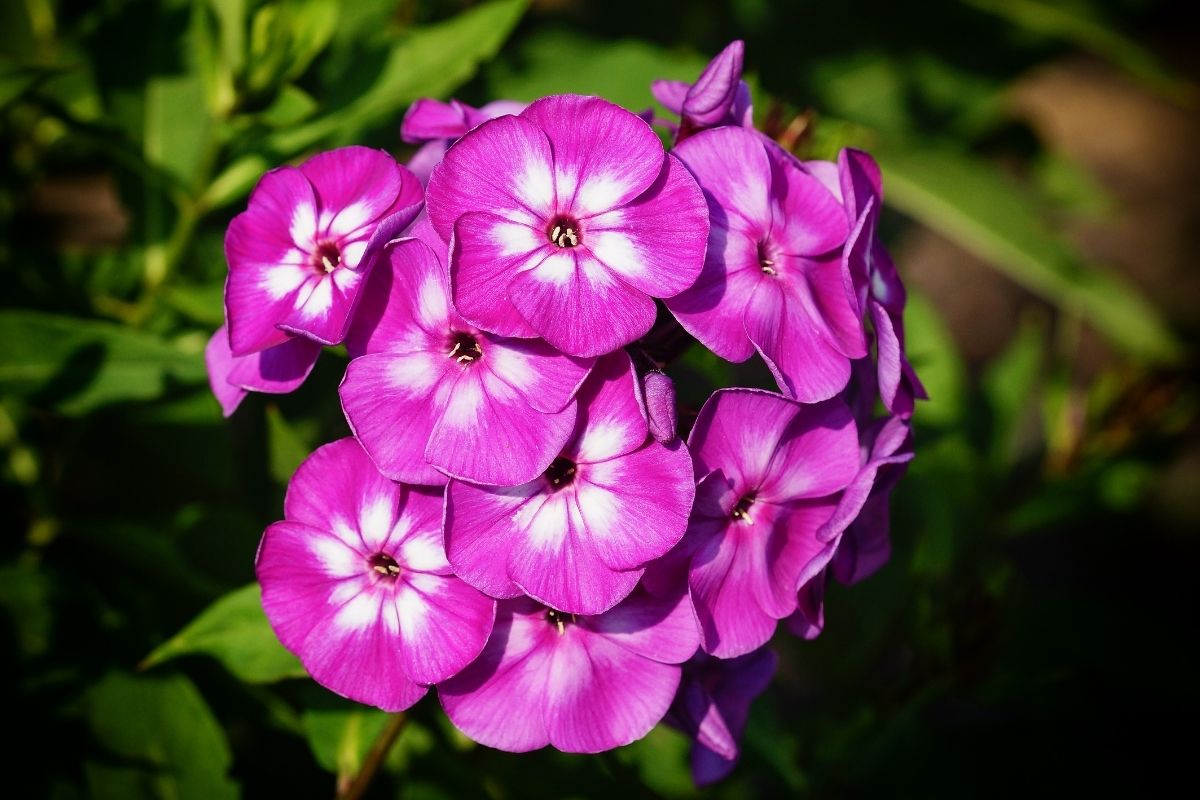
Garden phloxes are compact dwarf phlox that bloom for several weeks throughout the middle of summer.
This variation blooms flowers of the classic phlox shape, but as the name suggests, the petals are a fantastic purple with pinkish tones.
This vibrant coloration helps to attract pollinators, especially butterflies and hummingbirds.
The garden phlox prefers to grow in full sun or light shade in moderately moist, well-drained soil. They are conveniently mildew resistant, which is ideal for newbie gardeners.
Conclusion
So there it is! There are countless mauve flowers (and purple-pinkish flowers) that are ideal for providing a gentle splash of color to a garden – perfect for attracting pollinators.







